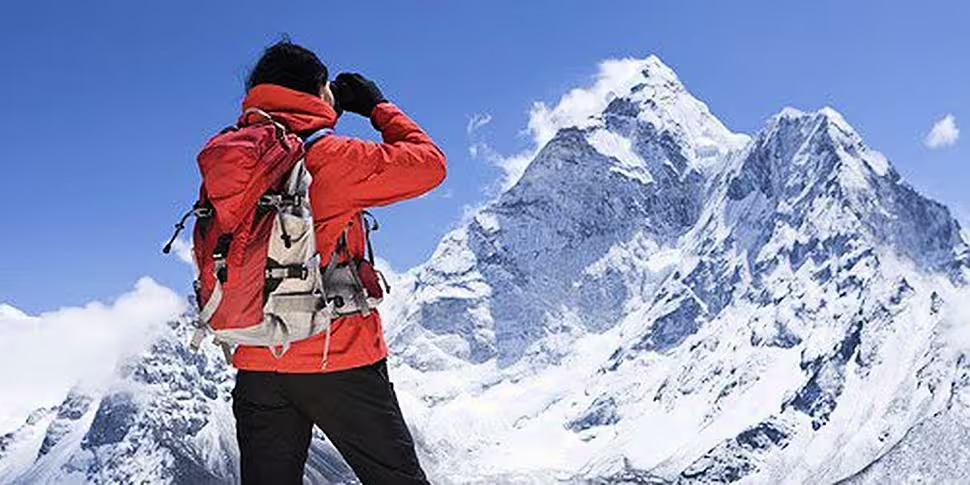What does it take to brave the elements and reach the summit of some of the world’s most dangerous mountains? That’s what Sean Moncrieff will be asking Paddy O'Leary this afternoon, when the mountain climber talks him through the preparation, both physical and mental, it takes to reach the peak of the extreme sport.
Paddy O'Leary began hillwalking in Ireland in the 1950s, and led the first Irish climbing expeditions in the Himalayas and Peru. His new book The Way That We Climbed – A History of Irish Hillwalking, Climbing and Mountaineering reveals the impact the Irish have had on scaling some of the highest heights in the world.
Tune in live today at 2pm: http://www.newstalk.com/player/
For most of us, though, reaching the summit of Mount Everest is an impossible thought. While it might feature on a fair few bucket lists, a lack of funds, a rational fear of death, and pure laziness mean that only the fewest will actually achieve it.
But now it is possible to trek the world’s tallest mountain from the comfort of your own office chair. Google’s Street View mapping service, with the aid of a few partners, has documented the trail for anyone to complete, whenever and wherever you are – provided your Internet connection isn’t acting up like an oxygen-deprived mountaineer.
The tech giant teamed up with Apa Sherpa, a Nepalese climber who shares the record for the most successful summits of Everest, having conquered the deadly mountain 21 times. The Apa Sherpa Foundation and the Nepalese NGO Story Cycle helped Google to map the terrain and capture images during a 10-day trek in the Himalayas.
"My hope is that when people see this imagery online, they'll have a deeper understanding of the region and the Sherpa people that live there," Apa Sherpa says in a blog post. "The region has much more to offer than just the mountain."
Included in the Street View experience are images of the Everest Summiteer Lodge, which Apa Sherpa built by hand almost 20 years ago, as well as a number of other buildings dotted along the mountainside. The trek ends at Gorak Shep, the frozen lakebed beside Everest – and which offers an incredible view of the summit.
Anyone wishing to virtually follow the trek can do it along, working their way around mountain trails, or take the guided tour, which includes audio and video footage of Apa Sherpa and the monks he met along the way. And you can see a video of how Google created the project below:









